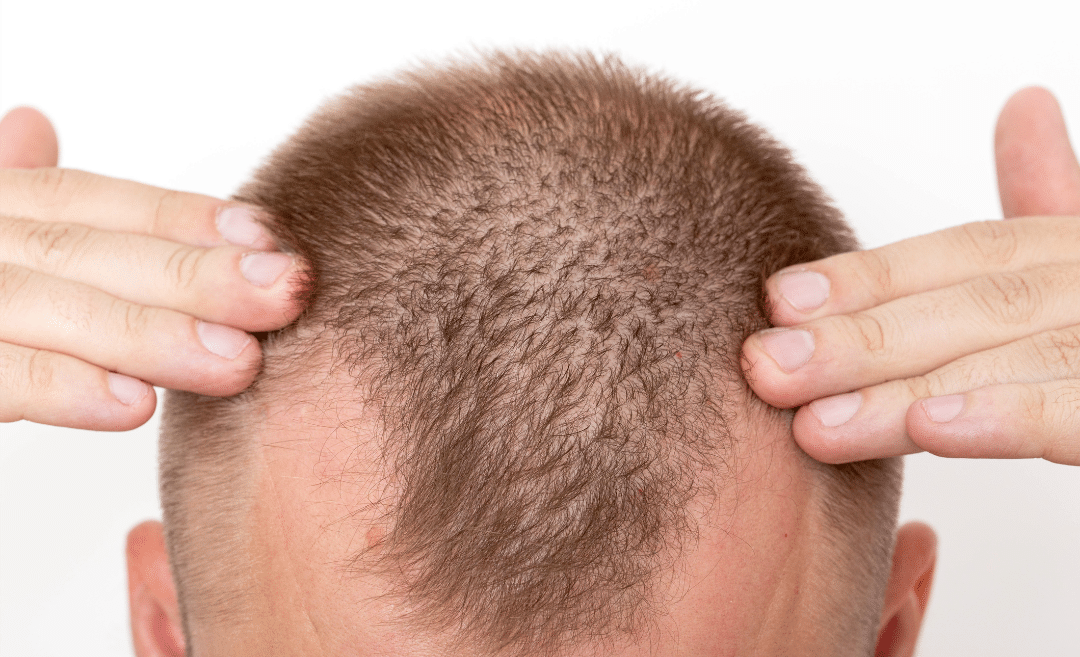Hair loss can significantly impact one’s self-esteem and overall confidence. As a result, many individuals seek effective hair loss treatments to regain a full head of hair and boost their self-image. This blog will explore the three most popular hair loss treatments and delve into their effectiveness. From medications to platelet-rich plasma (PRP) therapy and hair transplantation, we will provide you with a comprehensive understanding of these treatments and help you decide on the best approach for your hair restoration journey.
Medications: Propecia and Rogaine
Medications play a significant role in hair loss treatments. Medications such as Propecia (Finasteride) and Rogaine (Minoxidil) are widely used for treating hair loss.
Propecia works by inhibiting dihydrotestosterone (DHT), the hormone responsible for hair loss, thus promoting hair growth. It is effective in slowing down hair loss and stimulating regrowth. However, it may take several months to see noticeable results, and discontinuing the medication can lead to a reversal of the benefits. Some potential side effects of Propecia include decreased libido and sexual dysfunction.
On the other hand, Rogaine is a topical solution that can be applied directly to the scalp. It stimulates hair growth by increasing blood flow to the hair follicles. Rogaine is relatively easy to use and is available over the counter. It is generally well-tolerated, but some individuals may experience scalp irritation or unwanted hair growth in other areas of the body. Rogaine’s effectiveness varies among individuals; consistent use is necessary to maintain the results.
Platelet-Rich Plasma (PRP) Therapy
Platelet-Rich Plasma (PRP) therapy is a revolutionary treatment that stimulates hair growth and improves hair density. In this procedure, a small amount of blood is drawn from the patient, and the platelets are separated and concentrated. The platelet-rich plasma, containing growth factors, is then injected into the scalp, promoting hair growth and improving the thickness and quality of existing hair.
One of the significant benefits of PRP therapy is its natural approach, using the patient’s blood components to stimulate hair growth. PRP therapy is a safe procedure with minimal risk of adverse reactions or allergies since the patient’s own blood is used. However, multiple sessions are typically required to achieve optimal results, and the procedure may need to be repeated periodically to maintain the benefits. Additionally, PRP therapy may not be as effective for individuals with advanced hair loss or completely bald areas. In such cases, alternative hair loss treatments like hair transplantation may be more suitable.
Hair Transplantation
Advancements in hair loss treatments have increased the demand for hair transplantation procedures. Hair transplantation has recently become a popular surgical option to address hair loss. The primary techniques utilized are Follicular Unit Transplantation (FUT) and Follicular Unit Extraction (FUE).
FUT involves removing a strip of skin from the back or side of the scalp, from which hair follicles are extracted. The strip is then dissected into individual grafts and transplanted into the areas experiencing hair loss. FUT allows for the transplantation of a large number of grafts in a single session, making it suitable for individuals who require a significant amount of hair restoration. However, it leaves a linear scar, which may concern individuals who prefer to wear short hairstyles.
FUE, on the other hand, involves the extraction of individual hair follicles directly from the donor area using a small, specialized punch tool. These follicles are then transplanted into the balding areas. FUE does not leave a linear scar, making it a preferred option for those who want to wear short hairstyles or have a limited donor area. However, it is a time-consuming procedure, and the number of grafts that can be harvested in a single session may be limited.
Both FUT and FUE, hair restoration methods, offer their own set of pros and cons. Advantages encompass realistic outcomes, long-lasting hair regrowth, and limited recovery time.
Nonetheless, hair transplant surgery demands thorough deliberation and proficiency. Opting for a skilled surgeon with a background in hair transplant procedures is essential for achieving the most desirable results.
Conclusion
In conclusion, the big three hair loss treatments – medications, PRP therapy, and hair transplantation – offer viable solutions for those seeking to restore their natural hair. Medications can help slow down hair loss and promote regrowth, PRP therapy stimulates natural hair growth, and hair transplantation provides a permanent solution by transplanting healthy hair follicles.
When considering hair loss treatments, it is crucial to consult with a qualified professional to determine the most suitable treatment for your specific condition and goals. Each treatment option has its benefits and drawbacks, and personalized advice from an experienced hair restoration specialist will help you make an informed decision.
If you’re prepared to move forward in your journey to restore your hair, get in touch with Anagen Hair Restoration. As a well-established and knowledgeable hair restoration Maryland clinic, we offer a comprehensive range of treatments, including PRP therapy and our specialized hair transplant Maryland services.
Don’t allow hair loss to bring you down any longer. Initiate reclaiming your confidence and attaining the hair you’ve always wanted. Contact Anagen Hair Restoration today to arrange a consultation and embark on your transformative journey.
To schedule your consultation, dial (301) 591-6552 or visit our website at https://anagenhairrestoration.com/. Contact us today to take the first step towards a revitalized appearance and renewed self-assurance.

